
-
 Anglický jazyk
Anglický jazyk
Remote photoacoustic sensing using speckle-analysis for biomedical imaging
Autor: Benjamin Lengenfelder
In this thesis the simple, contact-free speckle-analysis is investigated for its application in photoacoustic detection. First, a simulation model is created which theoretically confirms the detectability of photoacoustic surface deformations by speckle-analysis.... Viac o knihe
1 kus skladom u vydavateľa Posielame do 7-10 dní
22.23 €
bežná cena: 24.70 €
O knihe
In this thesis the simple, contact-free speckle-analysis is investigated for its application in photoacoustic detection. First, a simulation model is created which theoretically confirms the detectability of photoacoustic surface deformations by speckle-analysis. Subsequently, the feasibility of contact-free detection is demonstrated by experiments on phantoms and ex-vivo tissue using a high-speed camera system. For these measurements multiple speckles are analyzed and within these experiments the endoscopic applicability of the technique by using an imaging fiber bundle is demonstrated. In order to speed up the acquisition of speckles, the high-speed camera system is replaced by a diode-based sensor of lower resolution. With this faster system the feasibility of contact-free photoacoustic detection and its automation by single speckle-analysis is experimentally demonstrated. Both used analysis techniques are compared based on their characteristics such as sensitivity, measuring range, linearity and measuring depth. Furthermore, investigations on ex-vivo tissue are used to show that the speckle wavelength is a crucial parameter for the quality of a speckle pattern and speckle-analysis. Finally, the possibility of photoacoustic imaging for speckle-analysis is demonstrated by testing a reconstruction approach by simulations and by a first experiment. In dieser Arbeit wird die kontaktfreie Speckleanalyse, für ihre Anwendung zur photoakustischen Detektion untersucht. Zuerst wird ein Simulationsmodell erstellt, das die Erfassbarkeit von photoakustischen Oberflächendeformationen durch die Speckleanalyse theoretisch bestätigt. Im Anschluss wird die Machbarkeit der kontaktfreien Detektion anhand von Experimenten an Phantomen und ex-vivo Gewebe mit einem Kamerasystem demonstriert. Für diese Messungen werden mehrere Speckles analysiert und im Rahmen dieser Experimente wird die endoskopische Anwendbarkeit der Technik anhand eines Faserbündels gezeigt. Um die Aufnahme der Speckles zu beschleunigen, wird das Kamerasystem durch einen diodenbasierten Sensor niedrigerer Auflösung ersetzt. Mit diesem schnelleren System wird die Machbarkeit der kontaktfreien photoakustischen Detektion und deren Automatisierbarkeit durch die Einzelspeckleanalyse experimentell nachgewiesen. Beide verwendeten Analysetechniken werden auf Basis ihrer Eigenschaften wie Empfindlichkeit, Messbereich, Linearität und Messtiefe verglichen. Weiterhin wird anhand von Untersuchungen an ex-vivo-Gewebe gezeigt, dass die Wellenlänge ein entscheidender Parameter für die Qualität eines Specklemusters und der Speckleanalyse ist. Schließlich wird die Möglichkeit der photoakustischen Bildgebung für die Speckleanalyse demonstriert, indem ein Rekonstruktionsansatz anhand von Simulationen und durch ein erstes Experiment getestet wird.
- Vydavateľstvo: FAU University Press
- Rok vydania: 2023
- Formát: Paperback
- Rozmer: 169 x 239 mm
- Jazyk: Anglický jazyk
- ISBN: 9783961476176


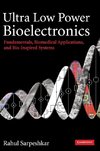
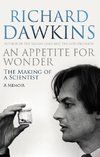


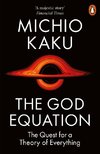
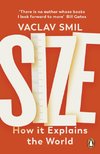

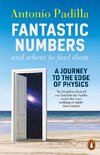
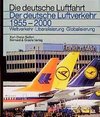
 Nemecký jazyk
Nemecký jazyk